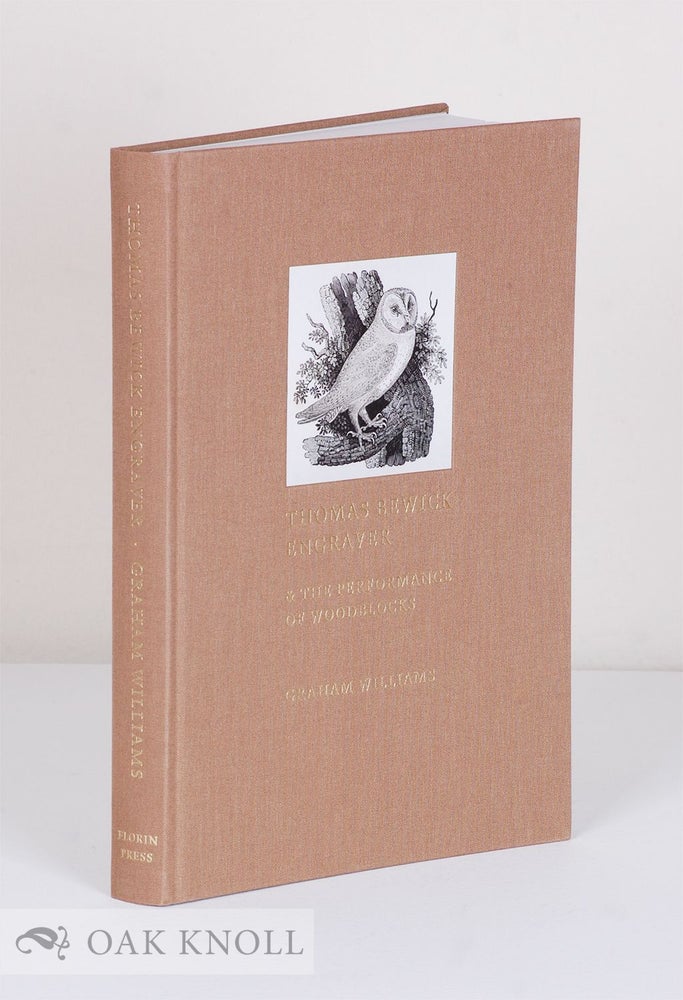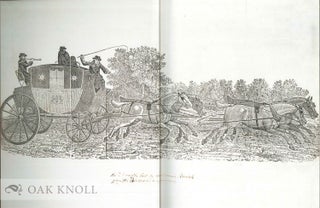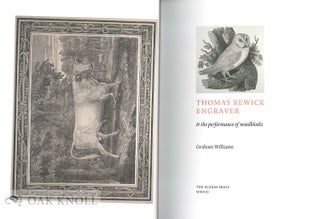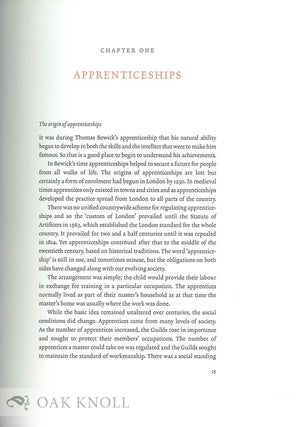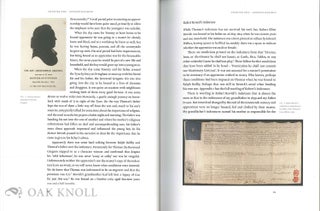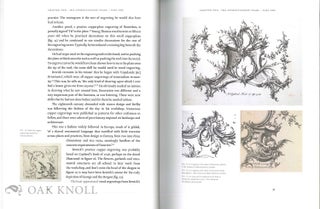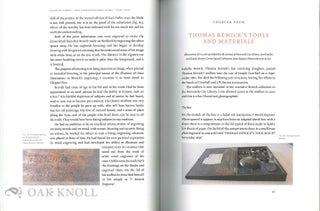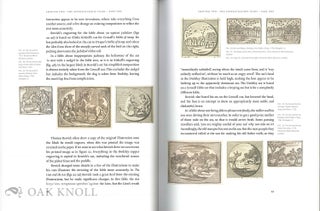THOMAS BEWICK ENGRAVER & THE PERFORMANCE OF WOODBLOCKS.
With a preface by Simon Lawrence.
- Kent, United Kingdom: Florin Press, 2021.
- 4to
- cloth, engraving on front board, gilt on cover and spine
- 286 pages, 437 illustrations
Price: $150.00 other currencies
Order Nr. 135705
For over two hundred years Thomas Bewick's engravings have delighted every generation. His birds, animals and the scenes he saw around him have generated an enthusiasm for his work that has never waned. His influence changed wood engraving and book illustration for over a century. He showed a new way to use an old skill of cutting images in wood.
This book is not a biography of the man but an account of how his talent evolved and how his blocks can still perform their magic. It shows the development of Bewick's engraving, beginning with his first learning exercises; some of them have survived and are included, one never published before.
Bewick's talent was obvious to those around him, particularly with his engraving of animals and birds he knew well. Towards the end of his apprenticeship he began a commission to illustrate Gays Fables. He kept a quantity of proofs, many before their final state, and through them the book traces the emergence of his skills as an engraver. This is when he developed his techniques of engraving and lowering, a discovery that his mature work later relied on, and he paid close attention to the texts that he followed with studied realism.
The great variety of work he carried out when he became a journeyman is revealed, including a quantity of engraving on silver and other metals, an essential part of both Bewick's training and his mature skill. He did not work only on wood. Bewick's highly developed method of lowering woodblocks is described, as are some prior lowering techniques.
His toolbox and most of its contents are illustrated and described individually. Twenty of Bewick's original blocks are illustrated, with proofs that reveal the surface engraving and lowering, and some of the drawings that relate to them are included. Rare proofs made before the blocks were finished and published reveal corrections that Bewick made in his early and later work, many of them radical. A display of sixty-one wood engravings of Bewicks mature work reveals details seldom seen. They are taken from the best impressions in his own publications of Quadrupeds, Birds and Aesop Fables, including books with and without text, India paper proofs, and individual proofs made in his workshop.
To appreciate Bewick's engraving fully it helps to be familiar with how they were printed. The text presents a brief history of hand printing, papermaking and printing ink up to current times in an engaging way for the general reader. For anyone who prints from woodblocks, not only Bewick's, more technical information is included in the notes at the end of the book.
Hand presses did not produce the same result every time from any woodblock. This is shown with nine different examples of the Hoopoe engraving, from the nineteenth century to recent prints from the original block. These show that the block will still print as well or better than the best examples from Bewick's own publications.
Many people have printed from Bewick's blocks, the most notable being Robert Hunter Middleton. Examples of his prints and an account of how they were printed introduces a chapter on modern printing from the blocks. The author 5 discovered the importance of vellum to the printing of Bewicks blocks and showed Iain Bain in 1983. The outcome was a few copies of a little booklet, with five of Iains woodblocks and a text by Graham Williams, all eight pages are reproduced. Industry changed printing ink as well as paper and printing presses. Over time the ink most suited to print woodblocks by hand disappeared. In the course of research the author changed modern proofing inks and ground inks from the old ingredients. The detailed information is again found in the notes.
Wood engraving is very much alive today and all those involved in engraving, printing, appreciating, conserving or collecting will find this an informative and readable text with a wealth of illustrations, many published for the first time. For those with a greater interest in printing from woodblocks the additional information in the notes will be particularly useful.
About the production of this book.
The majority of illustrations come from the authors own collection, and from a number of institutions. The design of the book is by Susan Wightman, coauthor of two books on book design. The integration of text with illustrations is most sympathetic. The printer was chosen primarily for their skill in colour reproduction, even though this is a black and white subject. Colour reproduction is the best way to convey the various tints of paper and densities of printing ink of the originals. Graham Williams is a hand printer, wood engraver, author and sculptor, and has been widely exhibited. He has had a long association with publishing and began hand printing in the 1960s.
Typeset and designed at the Libanus Press. 297 x 215mm. 286 pages with 437 illustrations. Printed in colour throughout by Hampton Printing (Bristol) Ltd. The standard edition is bound in Brillianta Fawn book cloth. Titled in gold on the spine with a titling label and gold blocked title on the front board.
.

